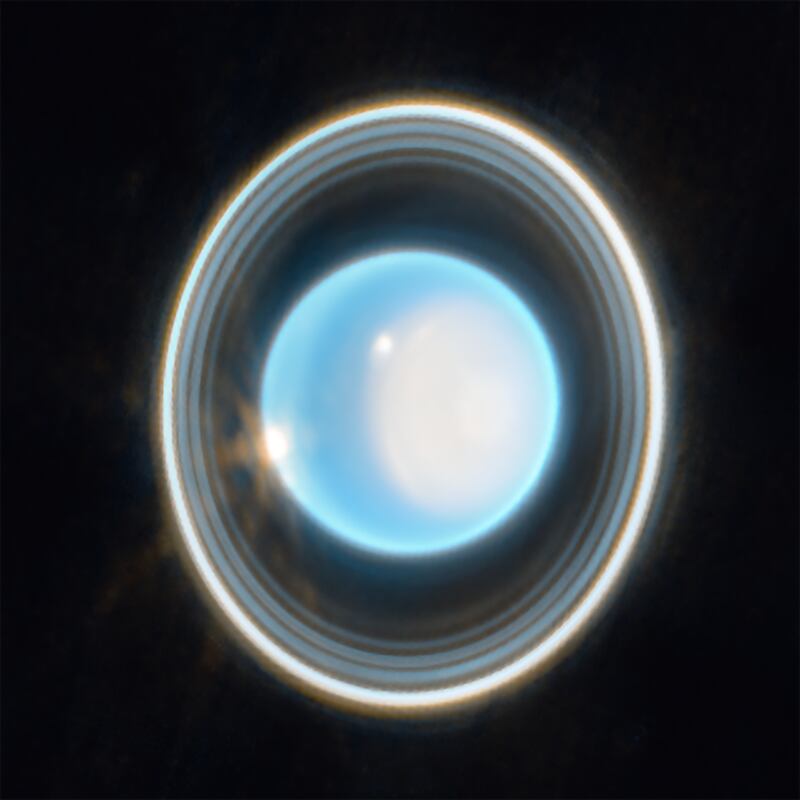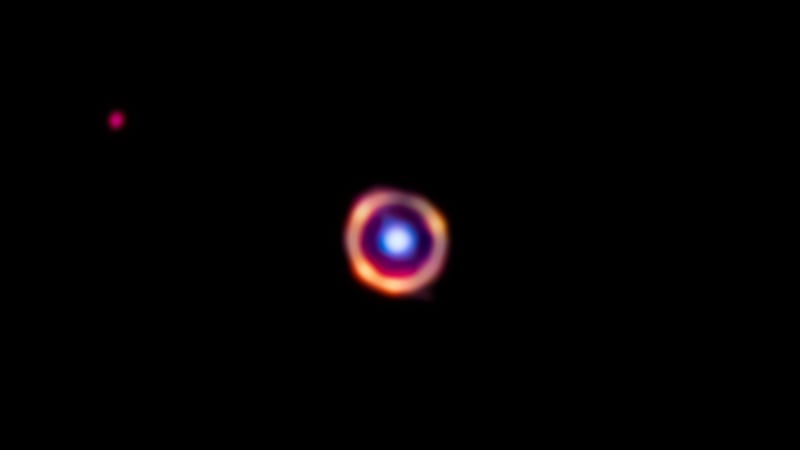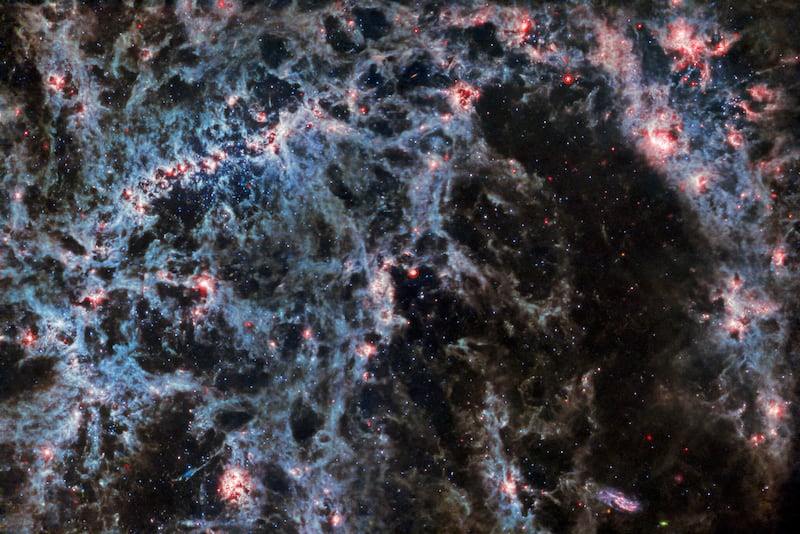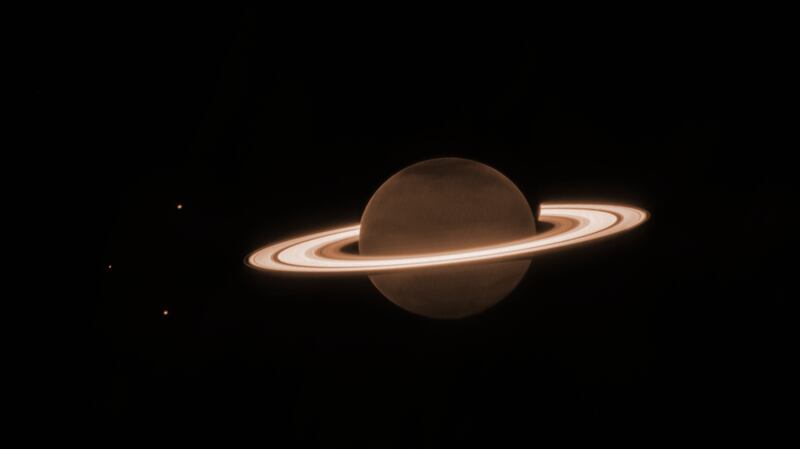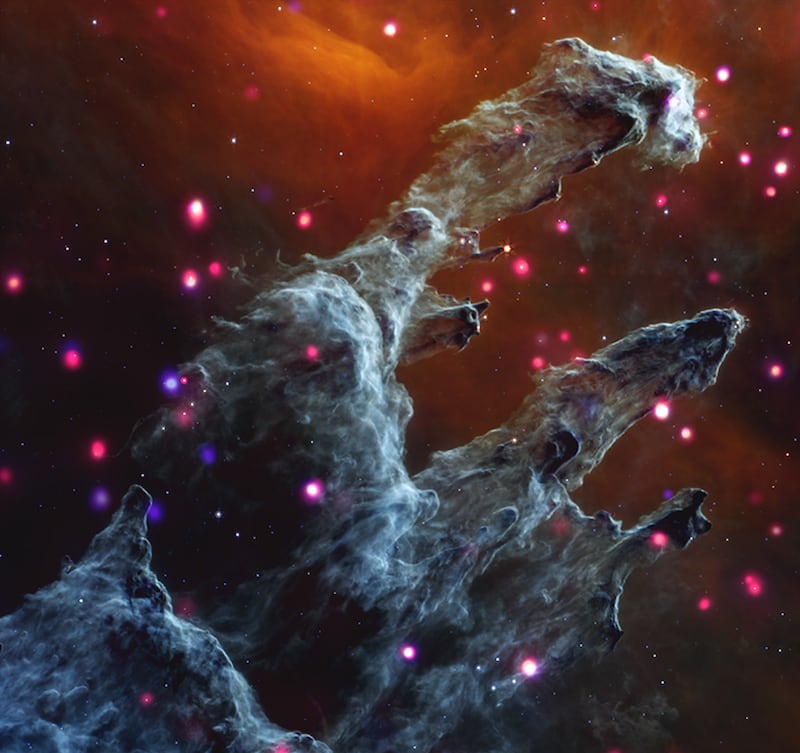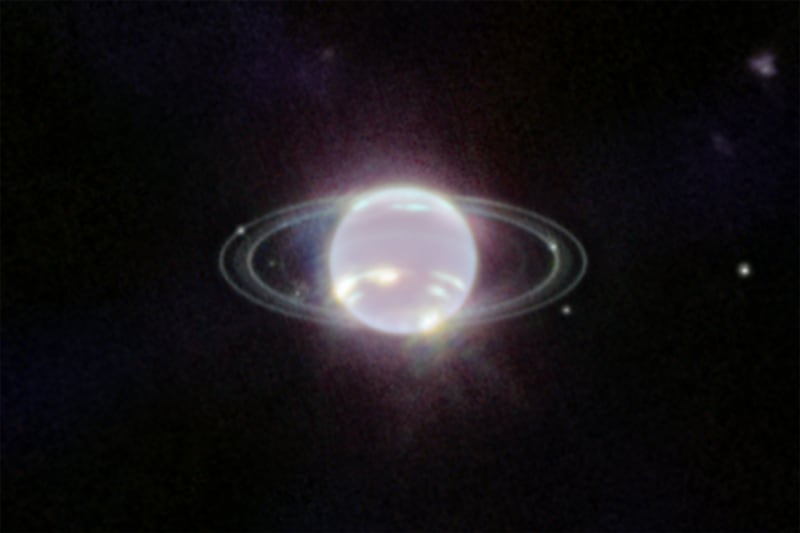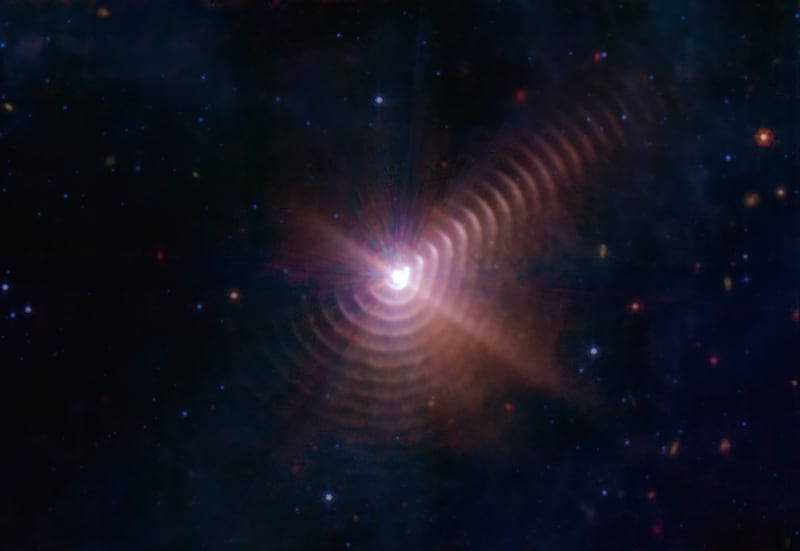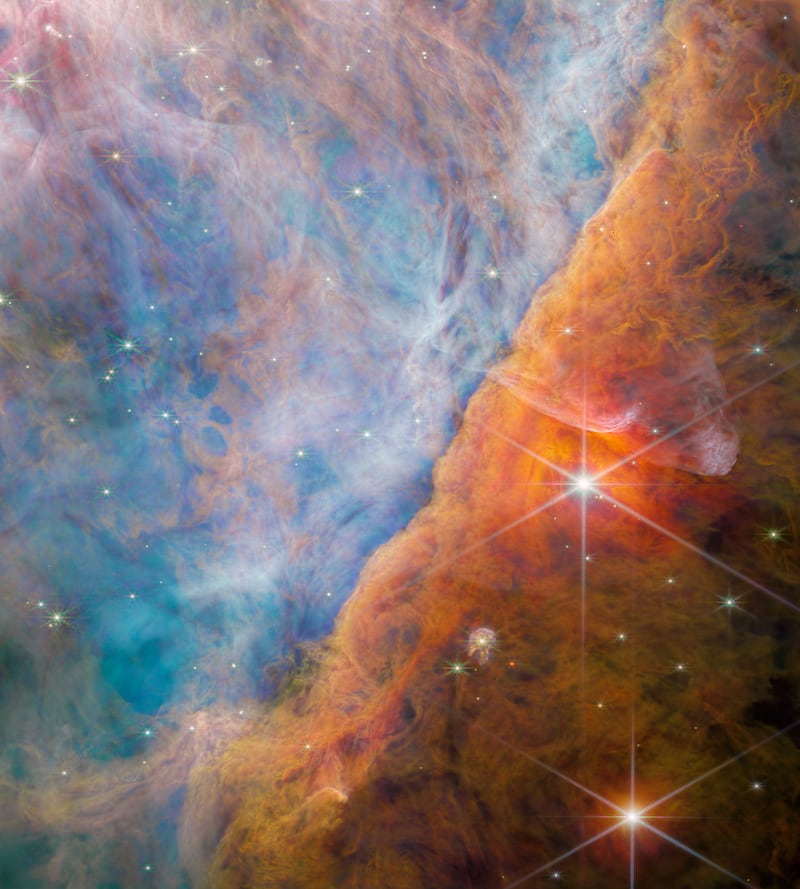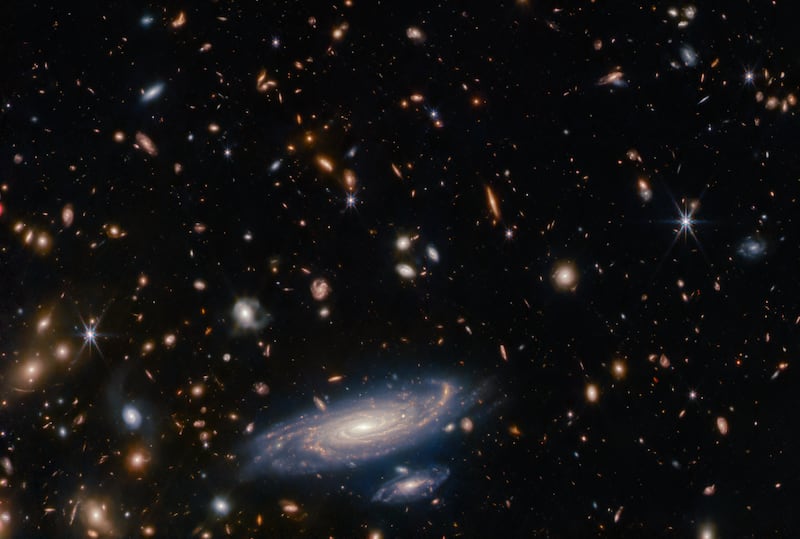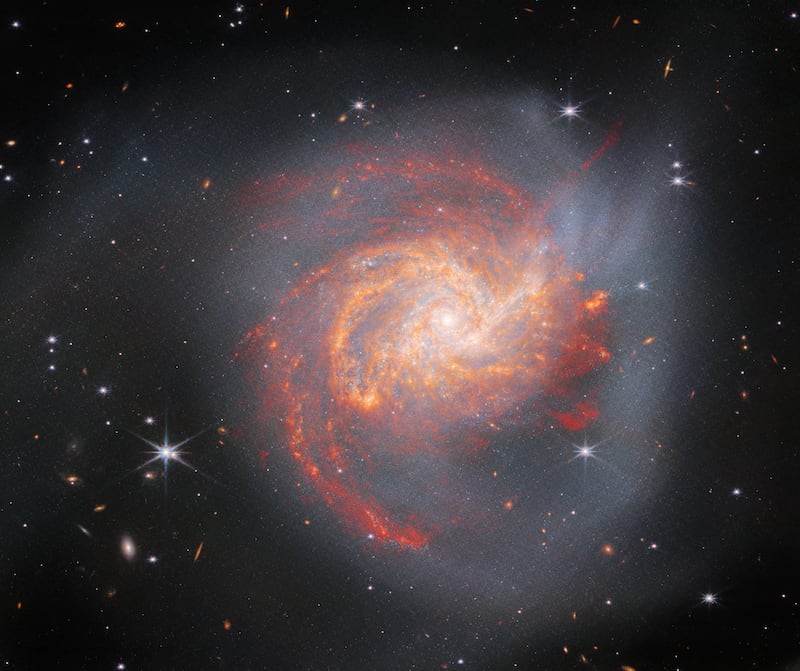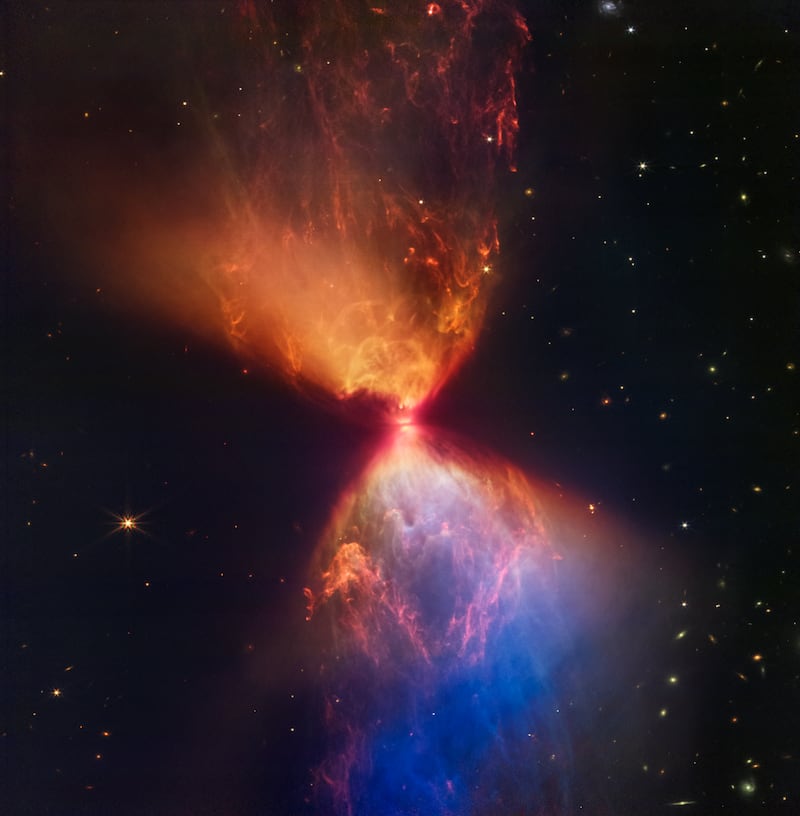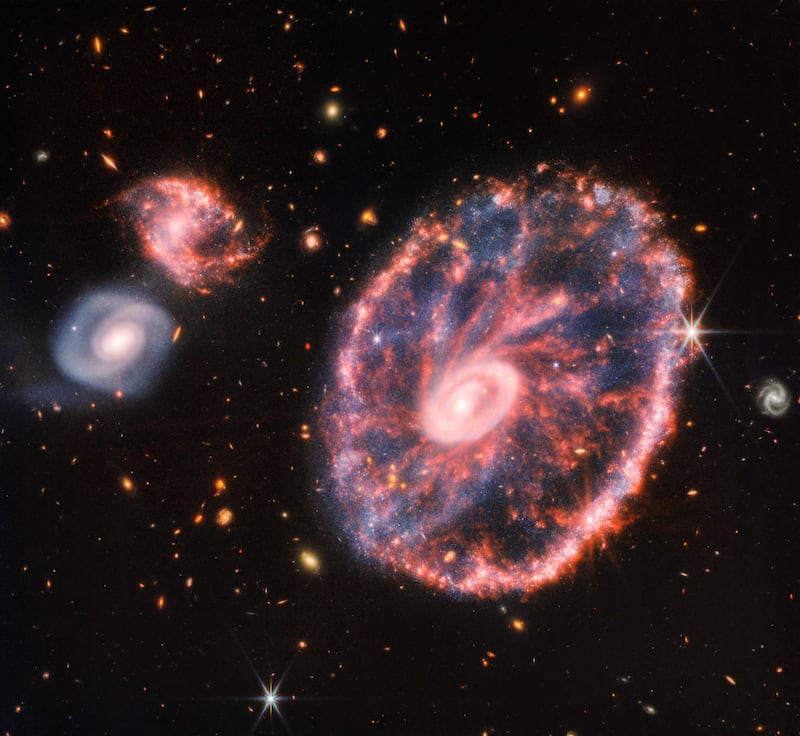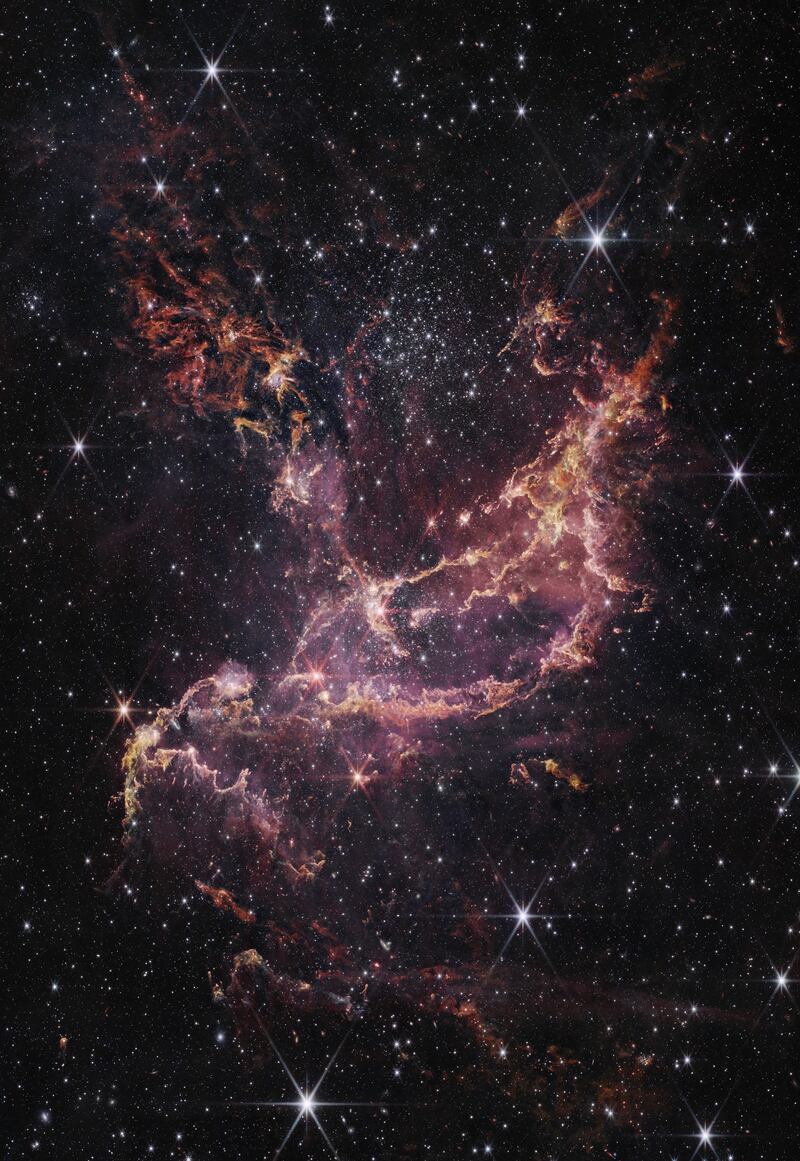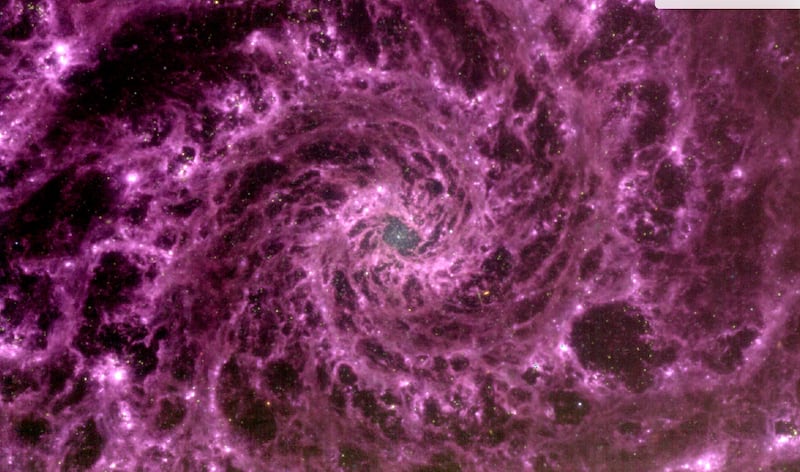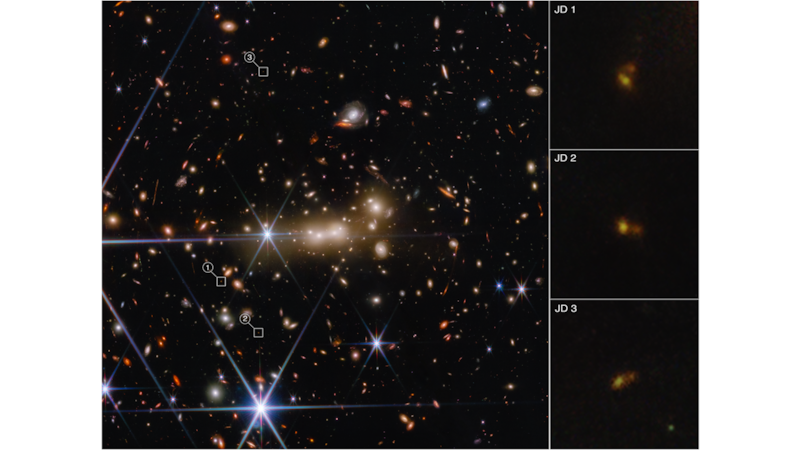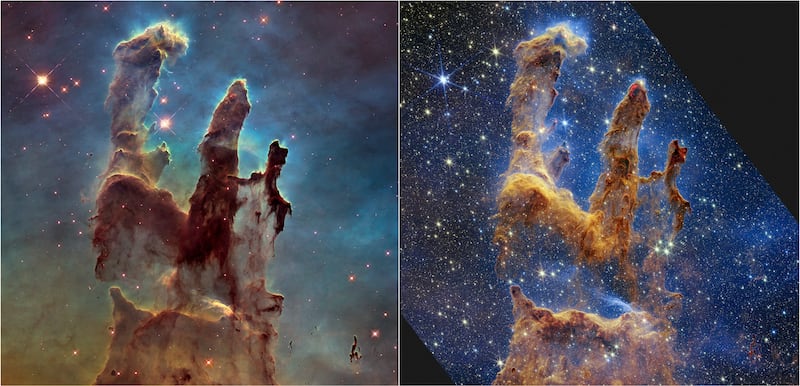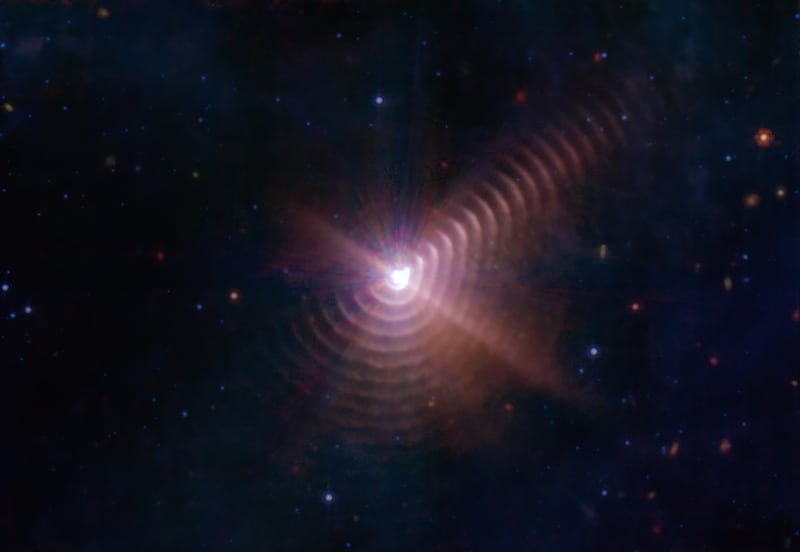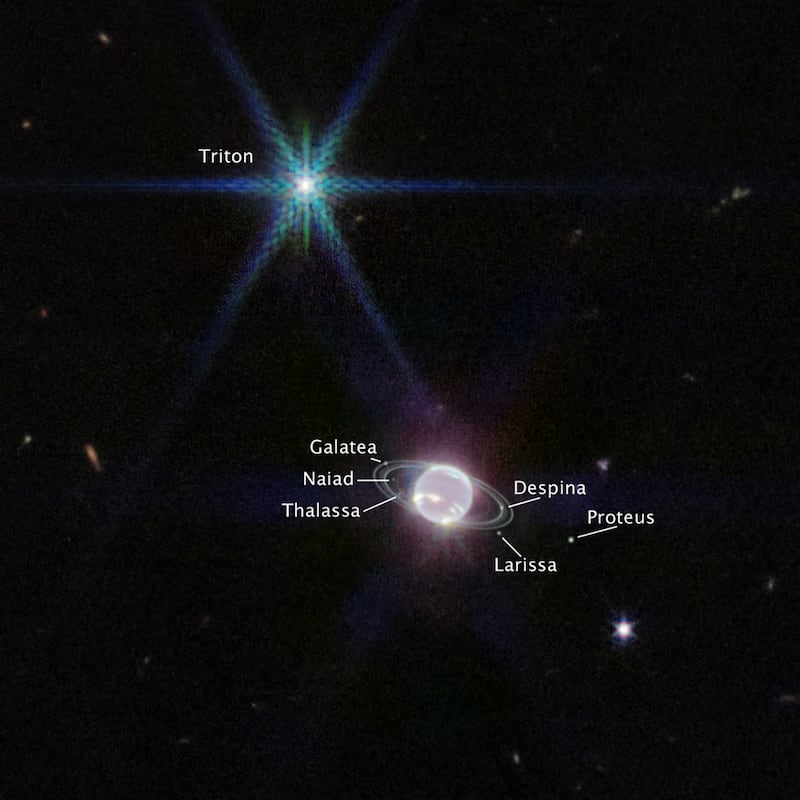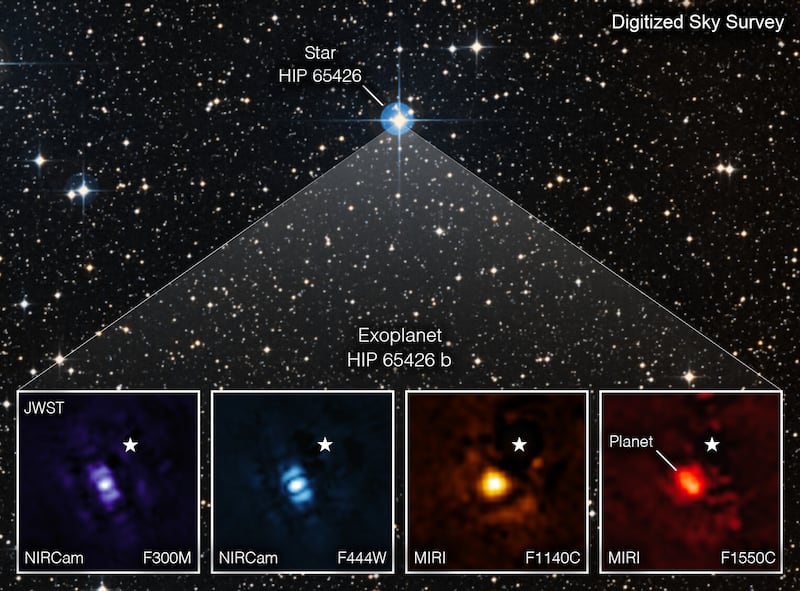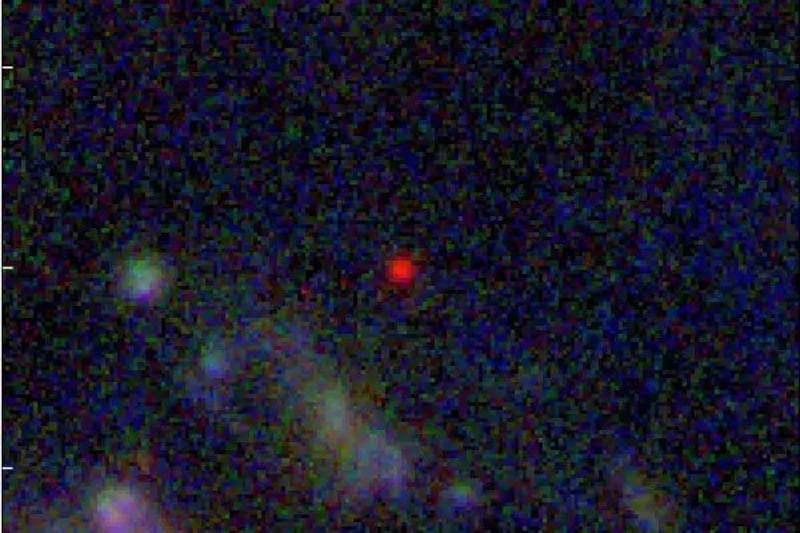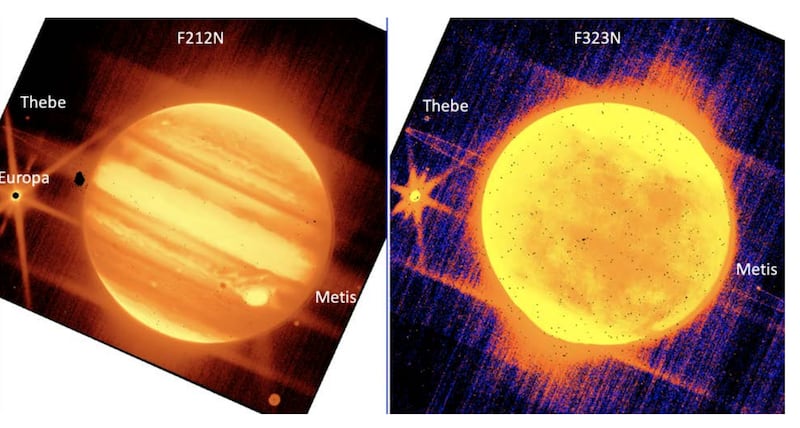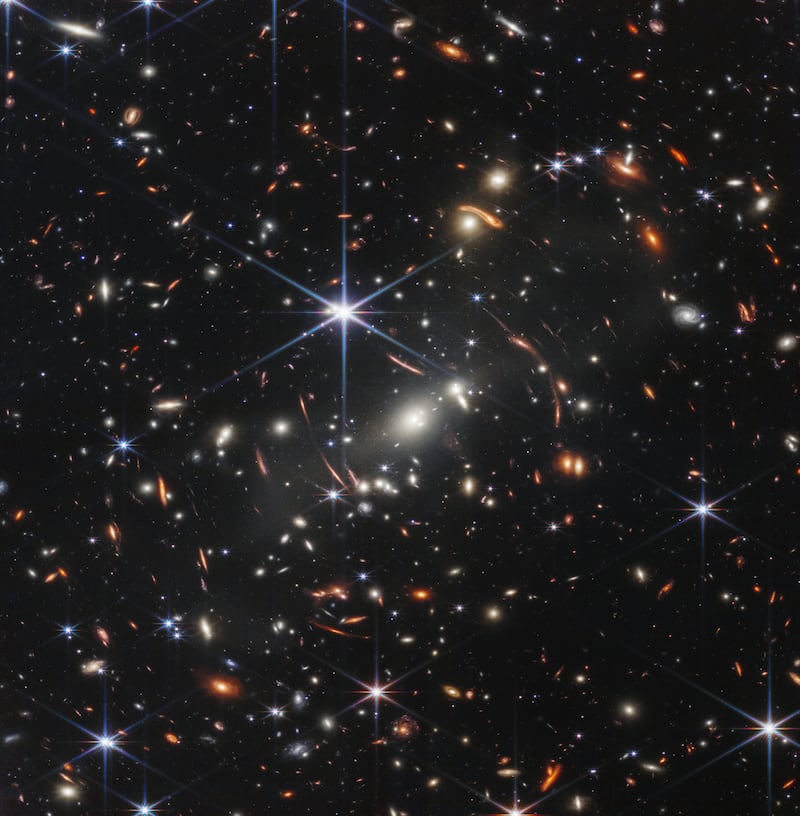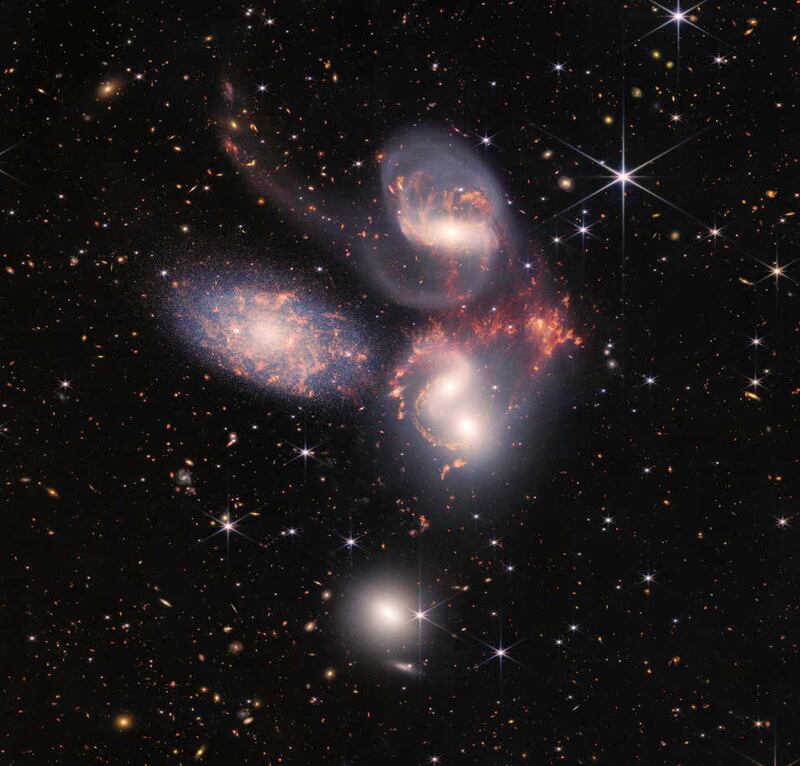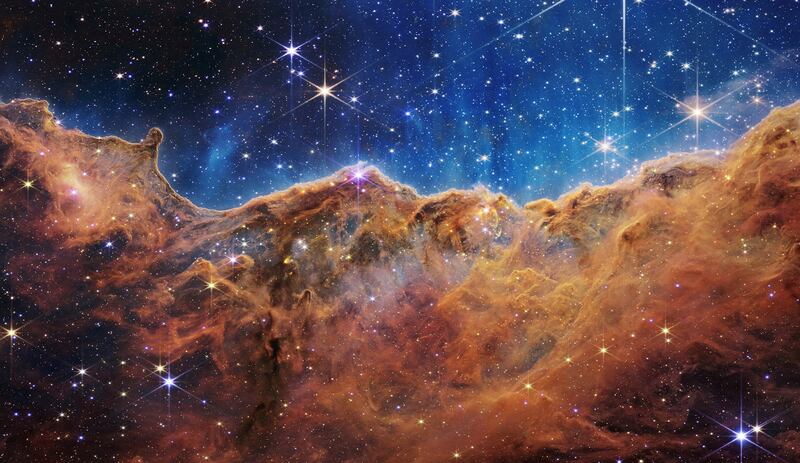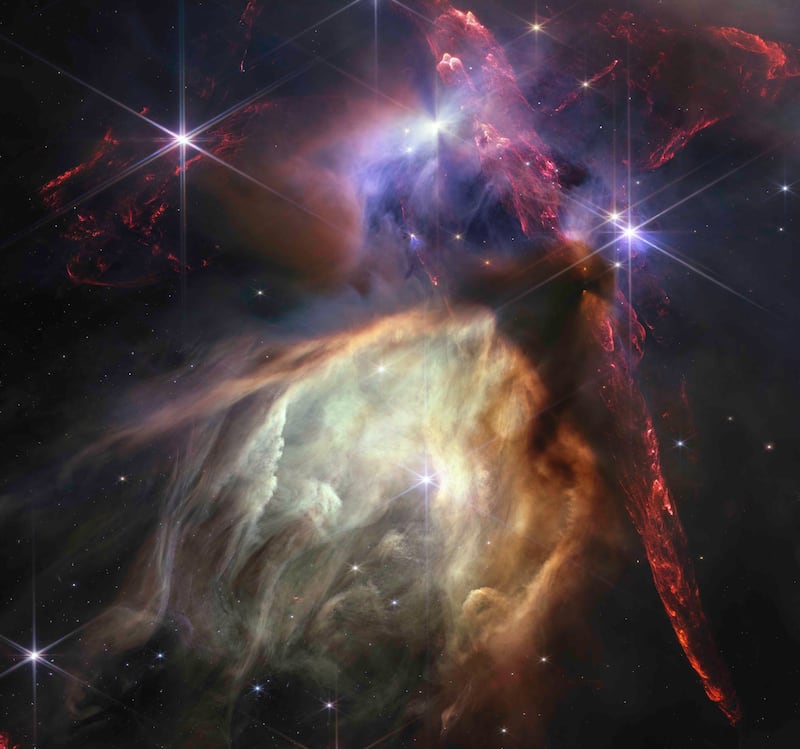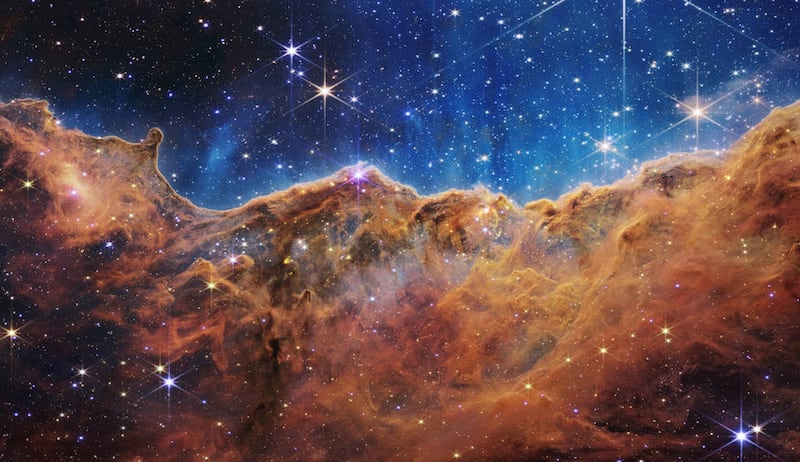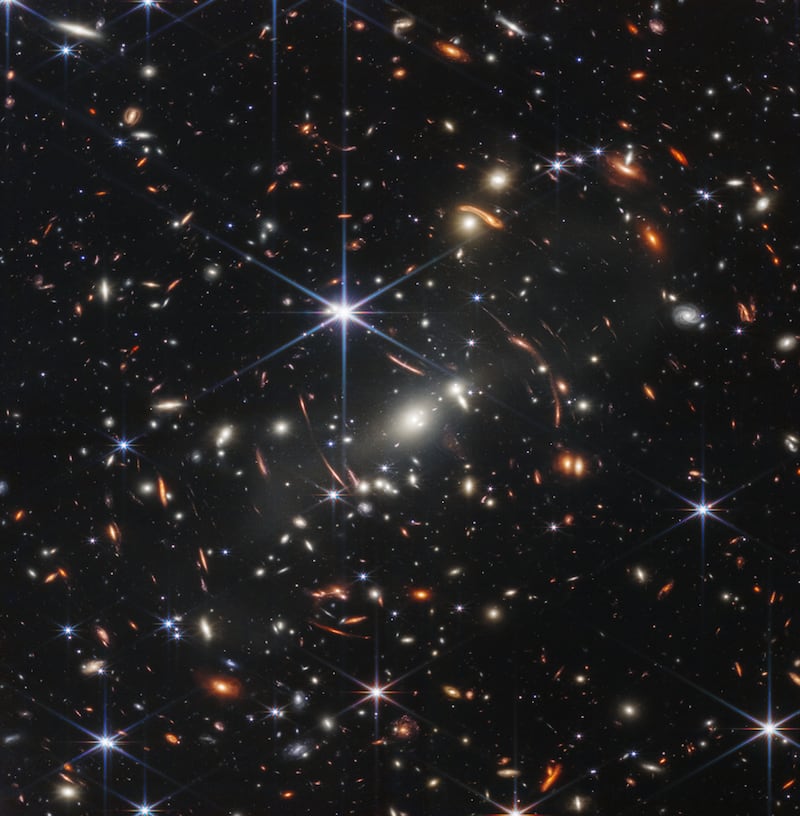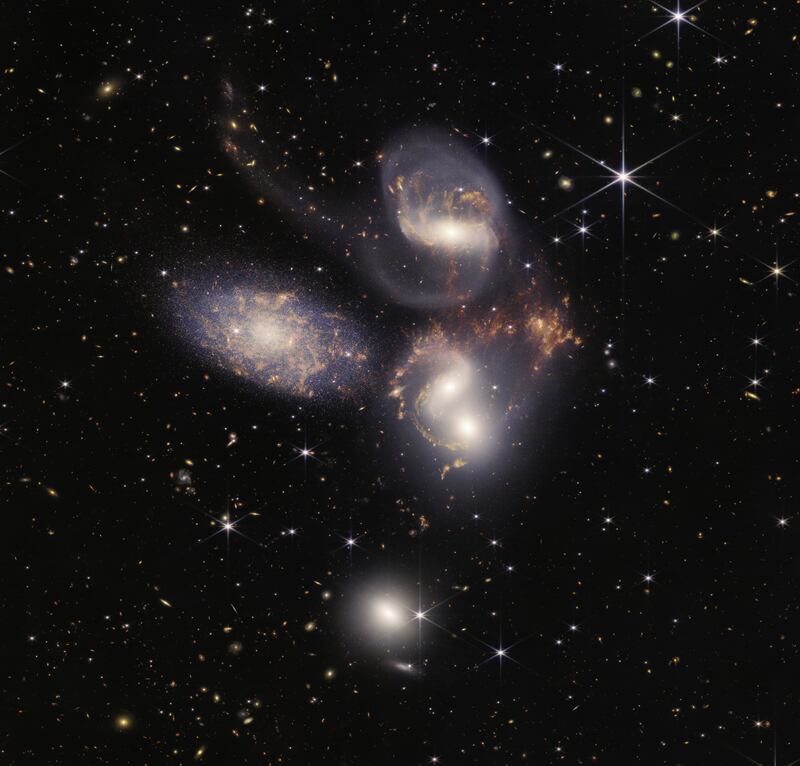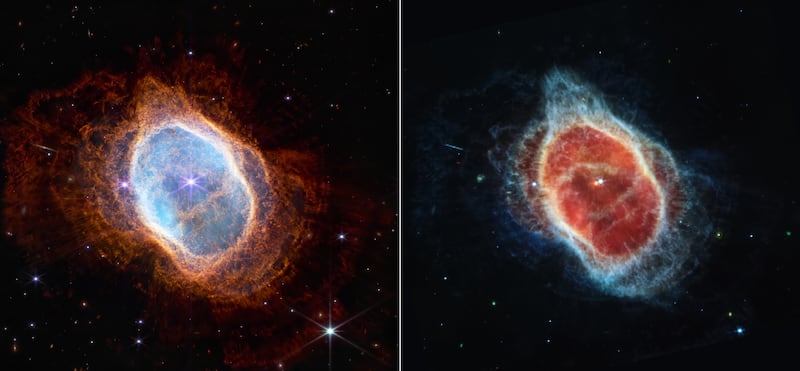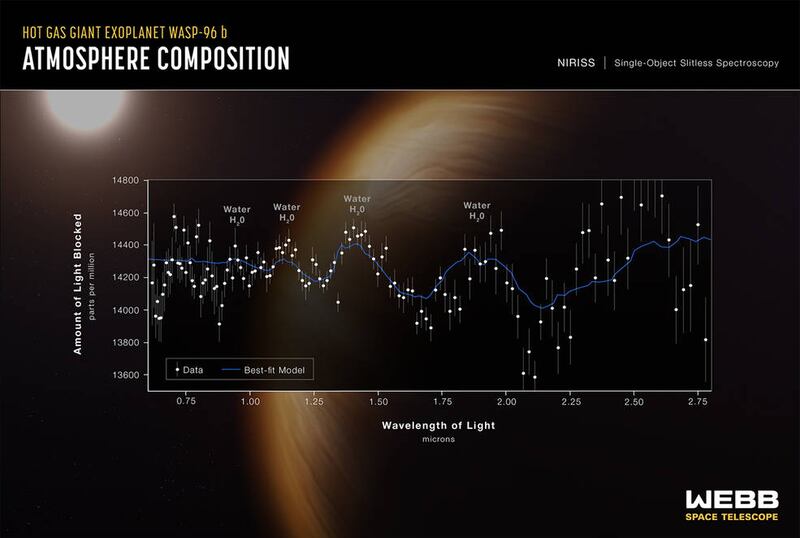The James Webb Space Telescope continues to capture weird and wonderful objects in space and its latest observation is no less fascinating ― a star-forming region that is shaped like a tarantula.
Thousands of never-before-seen young stars have been spotted in the stellar nursery called 30 Doradus.
The nursery has been nicknamed the Tarantula Nebula because of its appearance.
A nebula is an enormous cloud of dust and gas occupying the space between stars and acting as a nursery for new stars.
Nasa released the image on Tuesday and said that the nebula is a favourite for astronomers who study star formation.
“At only 161,000 light years away in the Large Magellanic Cloud galaxy [a satellite galaxy of the Milky Way], the Tarantula Nebula is the largest and brightest star-forming region in the local group, the galaxies nearest our Milky Way,” the US space agency said.
“It is home to the hottest, most massive stars known.
“In addition to young stars, Webb reveals distant background galaxies, as well as the detailed structure and composition of the nebula’s gas and dust.”
The pale blue area sparkling in the image is a cluster of massive young stars.
These stars were difficult to spot before because they were hidden behind cosmic dust. But with the Webb telescope's infrared camera, an instrument that captures radiant energy invisible to the human eye, the stars were spotted for the first time.
Nasa said one of the reasons this nebula is interesting to astronomers is because it has a similar type of chemical composition as the enormous star-forming regions observed at the universe’s "cosmic noon" ― when the cosmos was only a few billion years old and star formation was at its peak.
“Star-forming regions in our Milky Way galaxy are not producing stars at the same furious rate as the Tarantula Nebula, and have a different chemical composition,” Nasa said.
“This makes the Tarantula the closest example of what was happening in the universe as it reached its brilliant high noon.
“Webb will provide astronomers the opportunity to compare and contrast observations of star formation in the Tarantula Nebula with the telescope’s deep observations of distant galaxies from the actual era of cosmic noon.”
The $10 billion space telescope was launched on Christmas Day, 2021, to observe distant worlds, capture the first galaxies after the Big Bang and study the atmosphere of planets outside our solar system.
It is the world's most powerful telescope and is helping reveal the mysteries of the universe.
